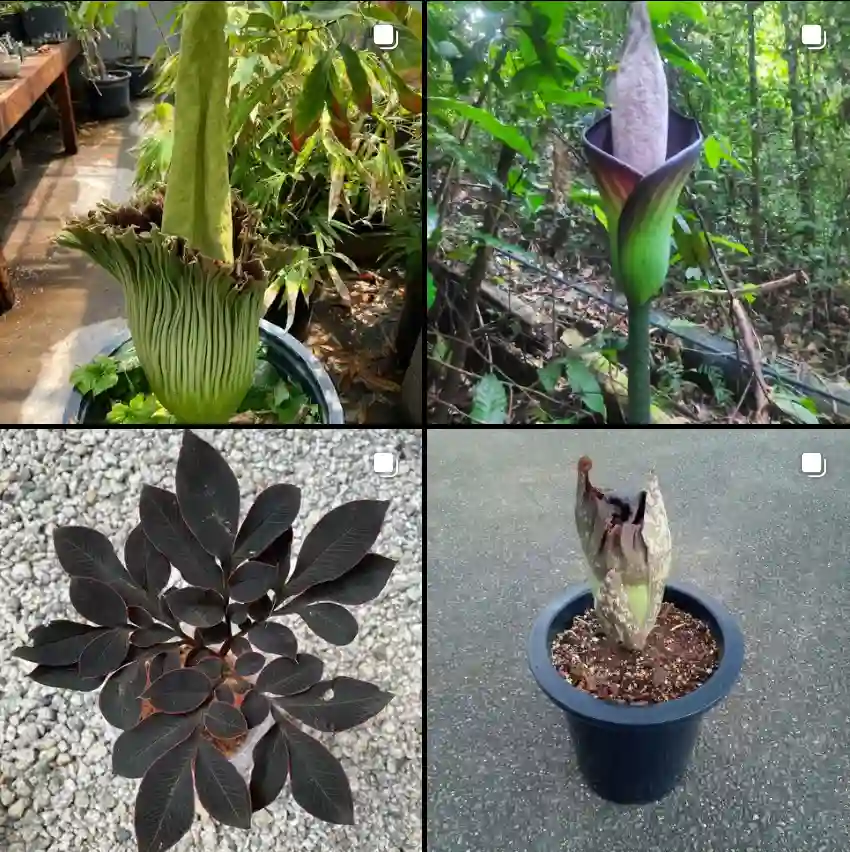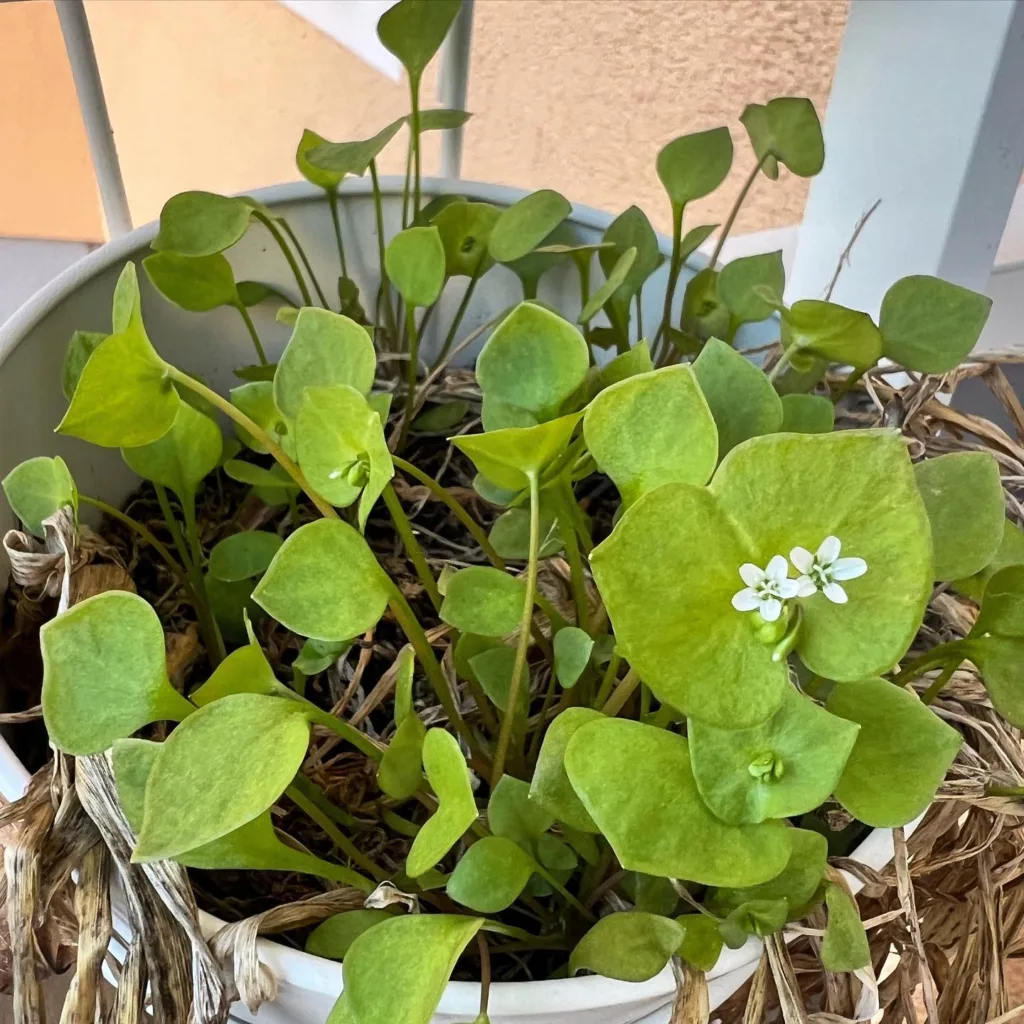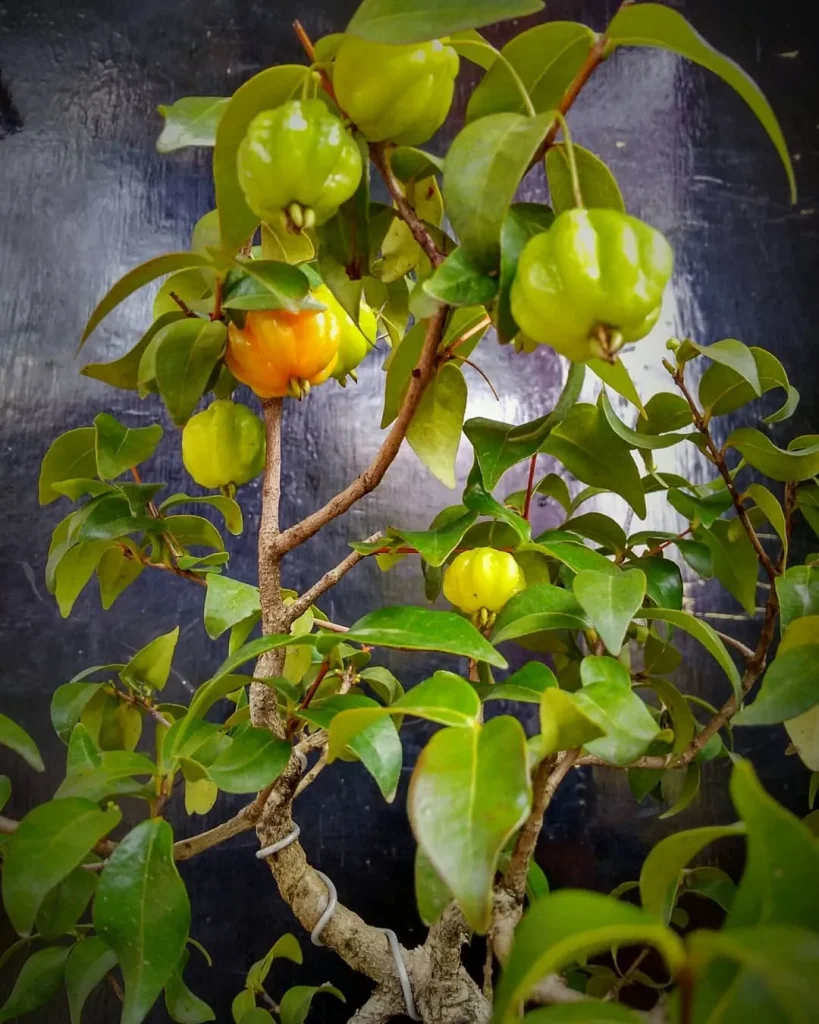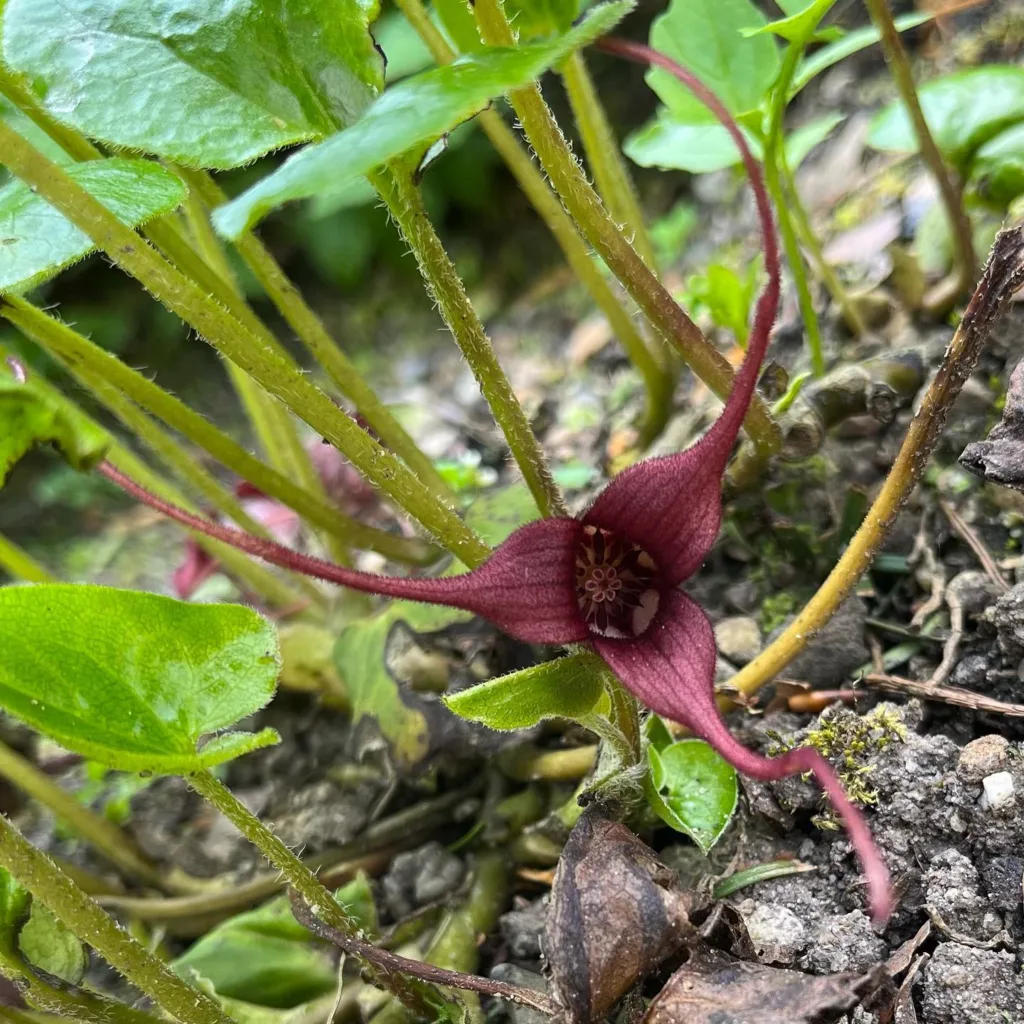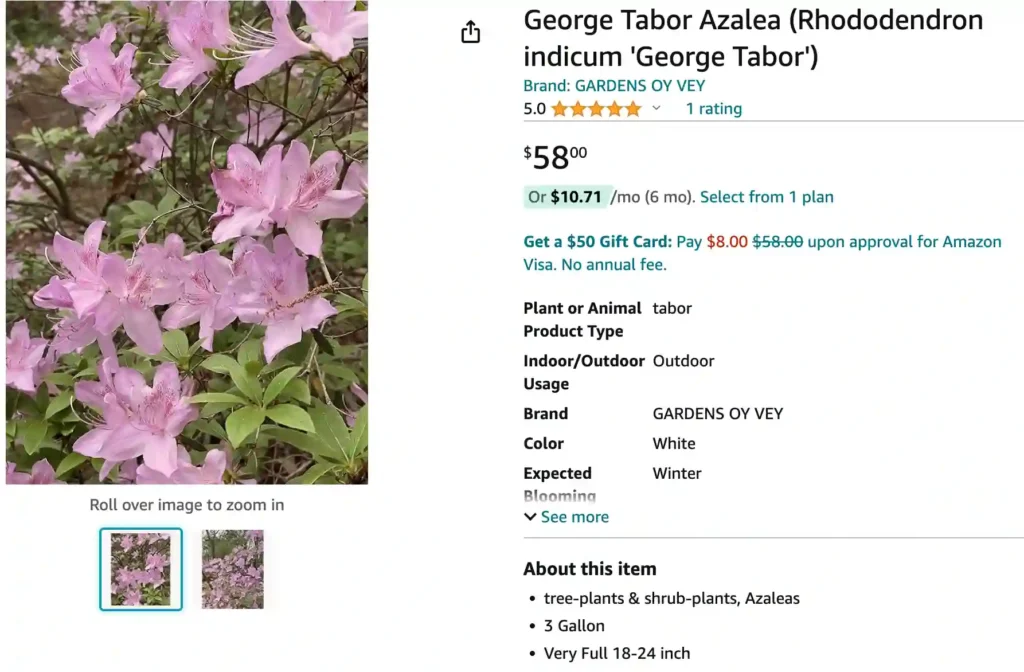
Frequently Asked Questions About Rhododendron Indicum
Hi, Ferb Vu here! As a plant enthusiast, I’ve come across the Rhododendron indicum, also known as the Southern Indian Azalea, quite often. Its vibrant blooms and compact size make it a popular choice for gardens. But with any plant, there are questions. So, I’ve compiled a list of the most common ones to help you with your Rhododendron indicum journey.
1164 Species in Genus Rhododendron
What is Rhododendron Indicum?
Rhododendron indicum is a semi-evergreen shrub native to Japan. It belongs to the Ericaceae family, which also includes blueberries. This beauty typically grows to a height and width of 2-3 feet, boasting a dense canopy and the potential to spread. The glossy, dark green leaves are lanceolate to oblanceolate, with a slightly toothed margin. But the real showstopper is the flowers. In late spring and early summer, the Rhododendron indicum erupts in a stunning display of funnel-shaped blooms, typically red or scarlet, that can reach up to 2.5 inches in diameter.
Important Note: While the flowers are undeniably beautiful, all parts of the Rhododendron indicum are poisonous if ingested. Keep this in mind if you have pets or small children around.
How to Care for Rhododendron Indicum?
Caring for your Rhododendron indicum is relatively simple, but it does have specific needs. Here’s what you need to know:
- Light: Rhododendron indicum prefers dappled sunlight or high shade. Avoid harsh afternoon sun, which can scorch the leaves and flowers.
- Soil: The key word here is acidic. Plant your Rhododendron indicum in moist, humus-rich, well-drained soil with a pH level between 4.5 and 6.5. Amending the soil with peat moss or composted pine needles can help achieve the desired acidity.
- Watering: Consistent moisture is crucial. Water your Rhododendron indicum regularly, especially during hot weather, to prevent the soil from drying out completely. However, avoid waterlogging, which can damage the roots.
- Mulching: Apply a layer of mulch around the base of your Rhododendron indicum to retain moisture, regulate soil temperature, and suppress weeds.
- Fertilization: Fertilize your Rhododendron indicum with a fertilizer specifically formulated for acid-loving plants in early spring before new growth appears.
How to Propagate Rhododendron Indicum?
Propagating your Rhododendron indicum is a rewarding way to expand your collection or share this beauty with others. Here are two common methods:
- Softwood cuttings: Take softwood cuttings in late spring or early summer when new growth is soft and flexible. Choose a healthy stem tip with 4-6 leaves, cut it just below a node, and remove the lower leaves. Dip the cut end in rooting hormone and plant it in a pot filled with moist, well-draining potting mix. Keep the cutting in a warm, humid environment and mist it regularly until roots develop.
- Layering: Layering is a simpler method. Choose a low-growing branch, make a shallow incision on the underside near the tip, and apply rooting hormone. Bury the wounded section in the soil, weigh it down with a pin, and keep the soil moist. After a year, you should have a new plant that can be severed from the parent plant.
What to Plant With Rhododendron Indicum?
Rhododendron indicum pairs beautifully with other shade-loving plants that thrive in acidic soil. Here are some ideas:
- Ferns: Ferns add a touch of elegance and texture to the shade garden. Consider ferns like Maidenhair Fern or Japanese Painted Fern.
- Hostas: Hostas come in a variety of sizes and colors, offering stunning foliage contrast with the vibrant blooms of the Rhododendron indicum.
- Camellias: Another member of the Ericaceae family, Camellias share similar care requirements and provide a lovely display of blooms in a different season.
- Japanese Maples: The delicate foliage of Japanese Maples creates a beautiful backdrop for the Rhododendron indicum’s flowers.
By following these simple tips, you can enjoy the beauty of Rhododendron indicum in your own garden for years to come. Remember, provide the right amount of shade, acidic soil, and consistent moisture, and your Rhododendron indicum will reward you with a magnificent floral display. Happy planting!
If i die, water my plants!
